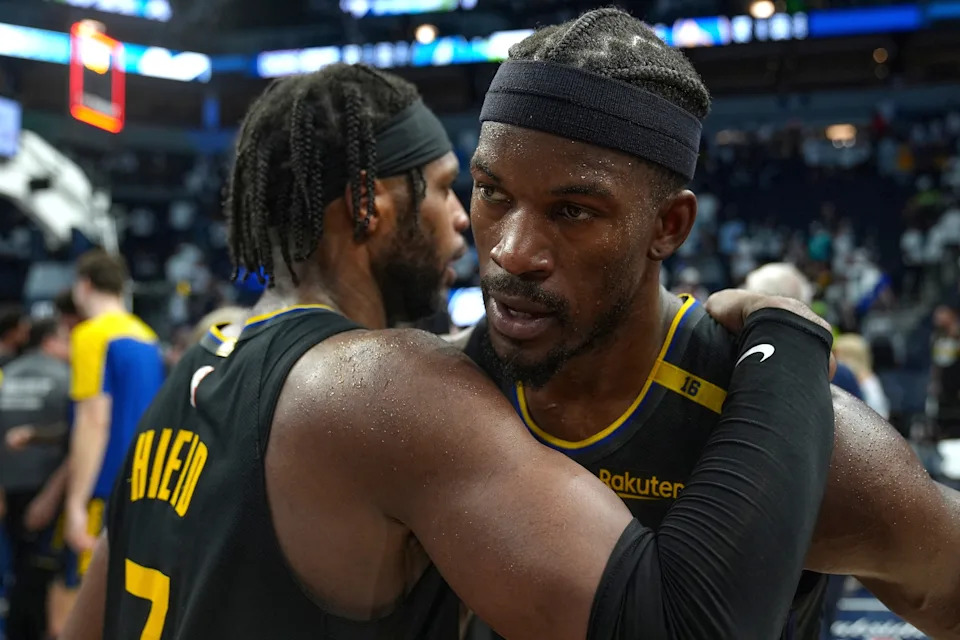Understanding Hamstring Injury: Causes, Recovery, and Impact in Sports
Hamstring injuries are one of the most common setbacks faced by athletes, especially those engaged in high-intensity sports. Whether you’re a weekend runner or a professional basketball player, understanding what a hamstring injury is—and how to manage it—can help reduce your risk and speed up recovery.

What Is a Hamstring Injury?
A hamstring injury refers to a strain or tear in the muscles at the back of your thigh. These muscles play a vital role in running, jumping, and sudden accelerations. Most injuries occur when the muscle is stretched beyond its capacity, frequently seen in fast-paced sports like basketball and football.
Common Causes and Risk Factors
There are several causes of a hamstring injury:
- Sudden acceleration or deceleration
- Insufficient warm-up
- Muscle fatigue
- Previous hamstring injuries
In many cases, an athlete may feel a sharp pain at the back of the thigh, often accompanied by swelling and bruising. Early intervention can significantly impact the duration of recovery.
Real-World Example: Stephen Curry’s Hamstring Strain
Professional athletes are not immune to hamstring injuries. Recently, NBA star Stephen Curry suffered a Grade 1 hamstring strain during the 2025 playoffs. According to ESPN's detailed report, Curry was forced to miss at least one week of games following the diagnosis. His absence highlighted the significant impact that even minor strains can have on both the athlete's performance and team dynamics.
For more context, The Athletic covered how Curry’s injury shifted responsibilities to his teammates and led to notable changes in team strategy and rotation. These real-world examples emphasize the importance of proper care and prevention.
Symptoms and Diagnosis
Key symptoms of a hamstring injury include:
- Sudden pain in the posterior thigh
- Muscle weakness or difficulty walking
- Swelling or tenderness
- Bruising in severe cases
Diagnosis is often made through clinical assessments and, in professional settings like the NBA, confirmed by imaging such as MRI.
Treatment and Recovery
Treatment largely depends on severity. Most hamstring injuries benefit from early rest, ice, compression, and elevation (RICE). Physiotherapy helps restore strength and flexibility. As Curry’s case demonstrates, return-to-play decisions are individualized and hinge on the athlete’s response to treatment.
If you want to learn how missing key players affects teams, Yahoo Sports discusses how the Warriors coped during Curry’s absence. Recovery can take from days to several weeks, depending on the injury grade.
How to Prevent Hamstring Injuries
- Warm up thoroughly before activity
- Include hamstring strengthening exercises in your routine
- Avoid sudden changes in intensity
- Address muscle imbalances early
Proper preparation lowers the chances of a hamstring injury and accelerates recovery if one does occur.
Conclusion
A hamstring injury can sideline even elite athletes and influence team performance. Early recognition, proper treatment, and specialized rehabilitation are vital for a full recovery. Taking preventive steps in daily routines can help athletes and active individuals avoid setbacks. For more real-world examples, follow live updates from established outlets covering major sports stories and injury reports.